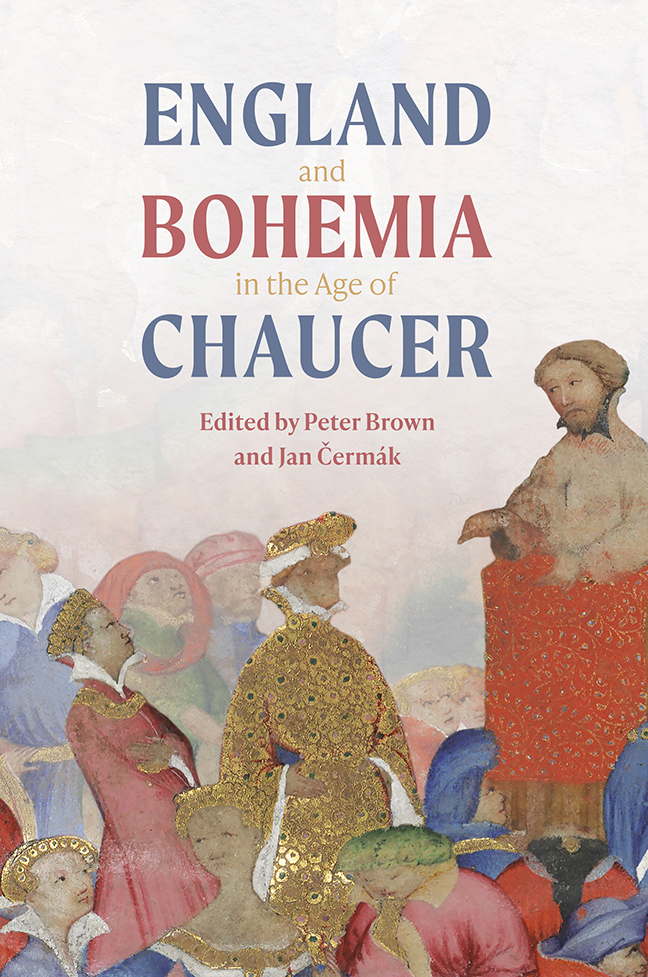10 - Contextualising the Legend of Good Women: Some Possible Bohemian Perspectives
Published online by Cambridge University Press: 17 December 2023
Summary
This chapter assesses the body of evidence that suggests Chaucer's work may have been shaped in various ways by aspects of Bohemian culture. It examines some of the features of Bohemian culture transmitted to England in Chaucer's lifetime and the means by which these might have been accessible to courtly circles. Chaucer's response to certain of these features is explored through consideration of the possible role of Anne of Bohemia as an influence on the Legend of Good Women, and through analysis of the Legend's preoccupation with the failings of queenly rulers as demonstrated in the representations of Cleopatra and Dido.
In terms of literary history, the relationship of Chaucer and Bohemia is not easy to document. Unlike the Bohemian connections of other English literary figures, such as Wyclif and Rolle, whose works are known to have circulated in Bohemian circles, Chaucer's links were forged through the presence in the English court of Richard II's queen, Anne of Bohemia (1366–94). She is acknowledged in his deft compliment early in Troilus and Criseyde: ‘Right as oure firste letter is now an A’ (Tr i, 171). And Alceste's injunction in the F Prologue to the Legend of Good Women that the completed work be given to ‘the queen, / On my behalf, at Eltham or at Sheene’ (LGW F496–7) suggests that Chaucer wished to perform an act of literary submission that would present her as having an important role in the circumstances of the poem's creation. The nature of Anne's role in the genesis of the Legend remains unresolvable. Lydgate's claim in his Fall of Princes, made more than half a century after the event, that Chaucer wrote the Legend ‘at request off the queen’ (i, 330) cannot be wholly discounted given his own evident access to members of the Chaucer family; but it may have been made on the basis of hearsay or wishful thinking. It is clear, however, that Alceste's injunction forms part of a larger texture of literary reference in which Anne seems to have played an important part.
- Type
- Chapter
- Information
- England and Bohemia in the Age of Chaucer , pp. 203 - 213Publisher: Boydell & BrewerPrint publication year: 2023



